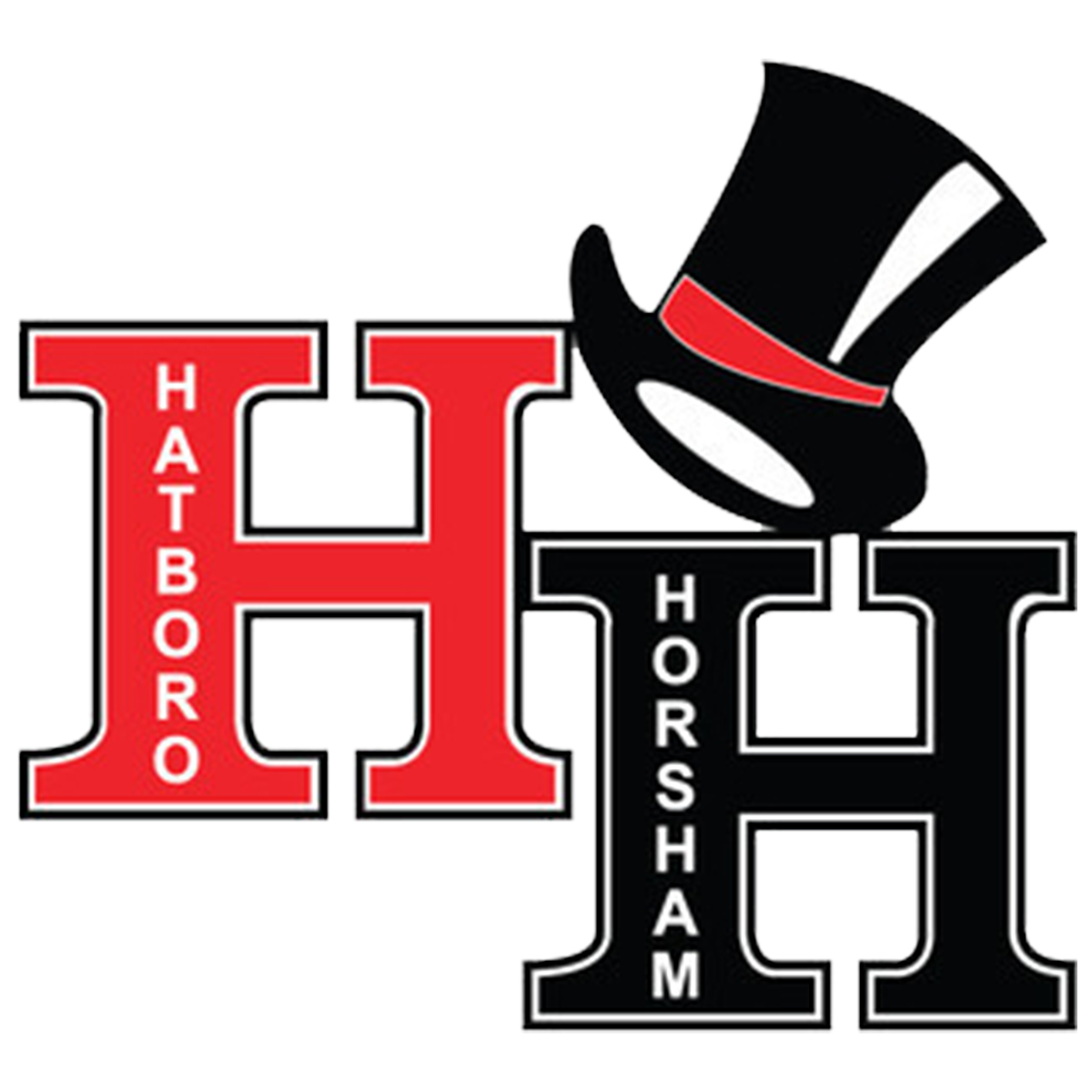Concussion Management
What is a concussion?
Concussion is defined as a complex pathophysiological process affecting the brain, induced by traumatic biomechanical forces. Concussions are caused by a bump, blow, or jolt to the head or from a blow to the body with an impulsive force that is transmitted to the head. Concussions can disrupt the way the brain works. Even a "ding" or a bump on the head can be serious and needs to be treated appropriately. Any athlete that exhibits symptoms of a concussion must be removed from sport and cannot return until cleared by a physician and completes the return to play protocol as described in the Consensus Statement on Concussion in Sport: Zurich 2008 1.
What are the signs and symptoms of a concussion?
You can't see a concussion. Signs and symptoms of a concussion can show up right after the injury or can take days or weeks to appear. If your teen reports any symptoms of a concussion, or if you notice the symptoms yourself, seek medical attention right away! Please note that brain imaging tests, such as CT scans, are not helpful in concussion diagnosis. Also, note that even if these symptoms resolve quickly, there is still evidence of a concussion and proper treatment is required. The following are some symptoms of a concussion:
Headache
Nausea and/or vomiting
Balance problems or
Dizziness
Double or fuzzy vision
Sensitivity to light or noise
Feeling sluggish, over tired, sleepy
Feeling foggy or groggy
Concentration or memory problems
Trouble remembering events before or after the hit
Confusion
Emotional response
Personality change
Loss of consciousness (an athlete does not need to be knocked out to have a concussion)
What to do now?
First 24 hours:
An athlete needs to have adult supervision so symptoms can be monitored.
No medication (Tylenol/Advil) for 24 hours.
If any symptoms continue to increase, immediate medical attention is required.
Beyond:
Rest (includes refraining from school, school work, video games, TV, reading etc.) If symptoms are significant, it is recommended that students stay home from school and consult their physician. When feeling better ( decrease in symptoms) and back at school, students should see the athletic trainer daily. The athlete's teachers and guidance councillors will be notified of their status. Students with ongoing symptoms should discuss in school accommodations with their physician and supply a doctors note.
What is the Return to Play Protocol?
Per State law, any athlete that exhibits signs of concussion needs to be evaluated by a licensed physician who is trained in the evaluation and management of concussions or a licensed psychologist neurophychologically trained in the evaluation and treatment of concussions or has postdoctoral training in neuropsychology and specific training in the evaluation and management of concussions. See the athletic trainer for recommended physicians. An appointment with a specialist at the MossRehab Concussion Center can be made with the help of the athletic trainer for your convenience. Written clearance from the physician must be submitted to the Athletic Trainer before returning to sport.
All athletes that are diagnosed with a concussion must go through the district mandated Return to Play Progression.
The Return to Play Progression:
No Activity/Sports – Once an athlete has twenty-four hours of no symptoms with normal cognitive exertion (ideally a full school day), they can take the ImPACT test (If athlete has a baseline on file).
ImPACT test – When the results of the post injury test are in the acceptable range compared to the baseline test, the athlete can start the activity progression. There are some times that the progression can begin before passing ImPACT, but they must pass before starting the 3rd step.
When both are complete, then the following step-wise progression of physical activity takes place. Each step takes place on a different day (24 hours). Any return of symptoms results in a return to the previous step after they are symptom free.
Light aerobic exercise (ie exercise bike) supervised by the ATC
Sport specific exercise (with athletic trainer)
Non-Contact Practice
Full Contact Practice (only after full medical clearance)
Full Participation
Without exception, ALL athletes must successfully complete the return to play progression before returning to competition. The return to play progression will be overseen by the school’s athletic trainer.
